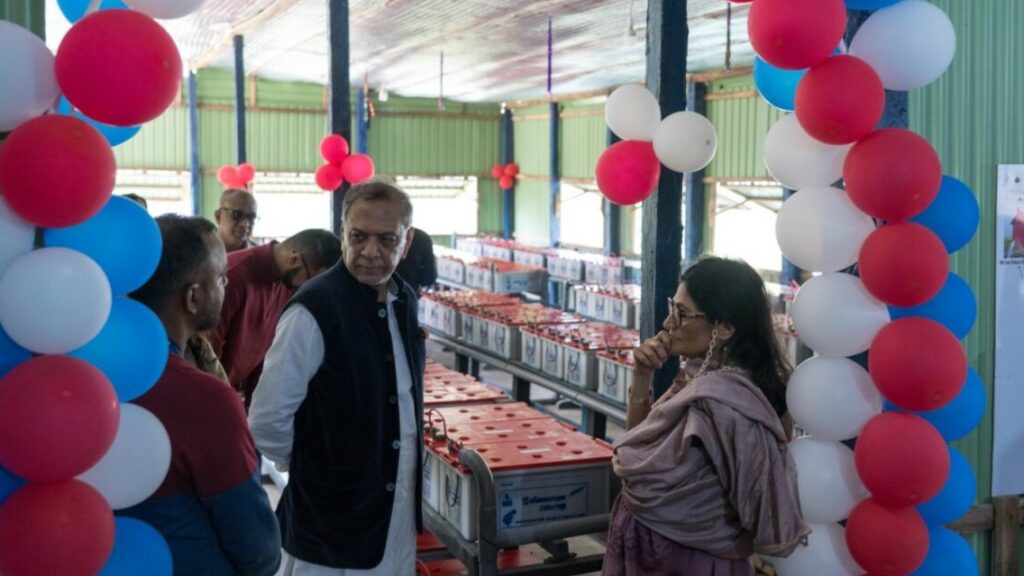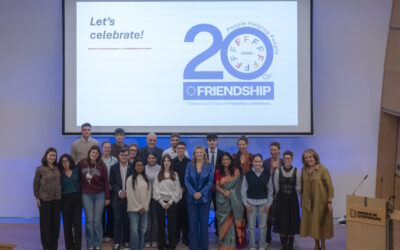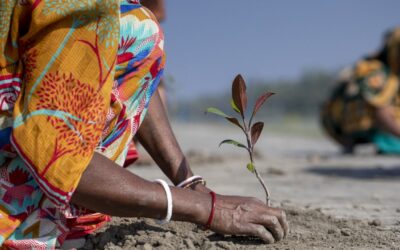57.6 kW solar village in partnership with Summit Power is now operational

by Raeed Abd-Allah Chowdhury
January 15, 2024
The second Friendship solar village was made operational in December 2023 in Kabilpur Char, Uria Union, Fulchari subdistrict of Gaibandha district. Friendship signed an MoU with Summit Power International in August 2022 to build a solar village and provide access to renewable energy for isolated, river-island communities. This would be the second such project by Friendship, the first being inaugurated in 2021.
This 57.6 kW microgrid will now benefit 3,000 people from the remote, sedimentary island (called a char). It will power 171 households, four schools (two madrasas and two primary schools) with 450 children, and 38 local shops in 2 markets. 2 solar-powered irrigation pumps are also included as part of the project. Attending the opening ceremony in December was Friendship founder Runa Khan, along with Latif Khan, vice chairman of Summit Group; Azeeza Aziz Khan, director; and Md. Mozammel Hossain, managing director.
Latif Khan remarked, “At Summit, we are strategically looking into green energy. As part of CSR, we are initiating this solar village with Friendship. In parallel, we are also studying utility scale viability of solar and wind power generation in Bangladesh.”

The chars are some of the most remote, climate-affected parts of Bangladesh, and are prone to flooding, river erosion, storms, and other natural calamities. These silt islands form and erode seasonally, and consequently the shifting, impermanent landscape results in very little by way of permanent infrastructure or access—to the main electricity grid for instance.
Therefore, the solar village plays an integral role in allowing people from these isolated communities to have access to “modern” amenities, and have longer hours for both business and commerce, as well as academics and use at home. Additionally, renewable solar energy also means less reliance on fossil-fuel burning traditional kerosene lamps which have toxic emissions and also present a common fire hazard.
“Anyone who has seen the mighty River Jamuna in spate will understand that mainline power grids are not really possible here. On the other hand, this solar grid will provide income-generating opportunities and livelihoods, as well as opportunities for children’s education,” said Runa Khan.



